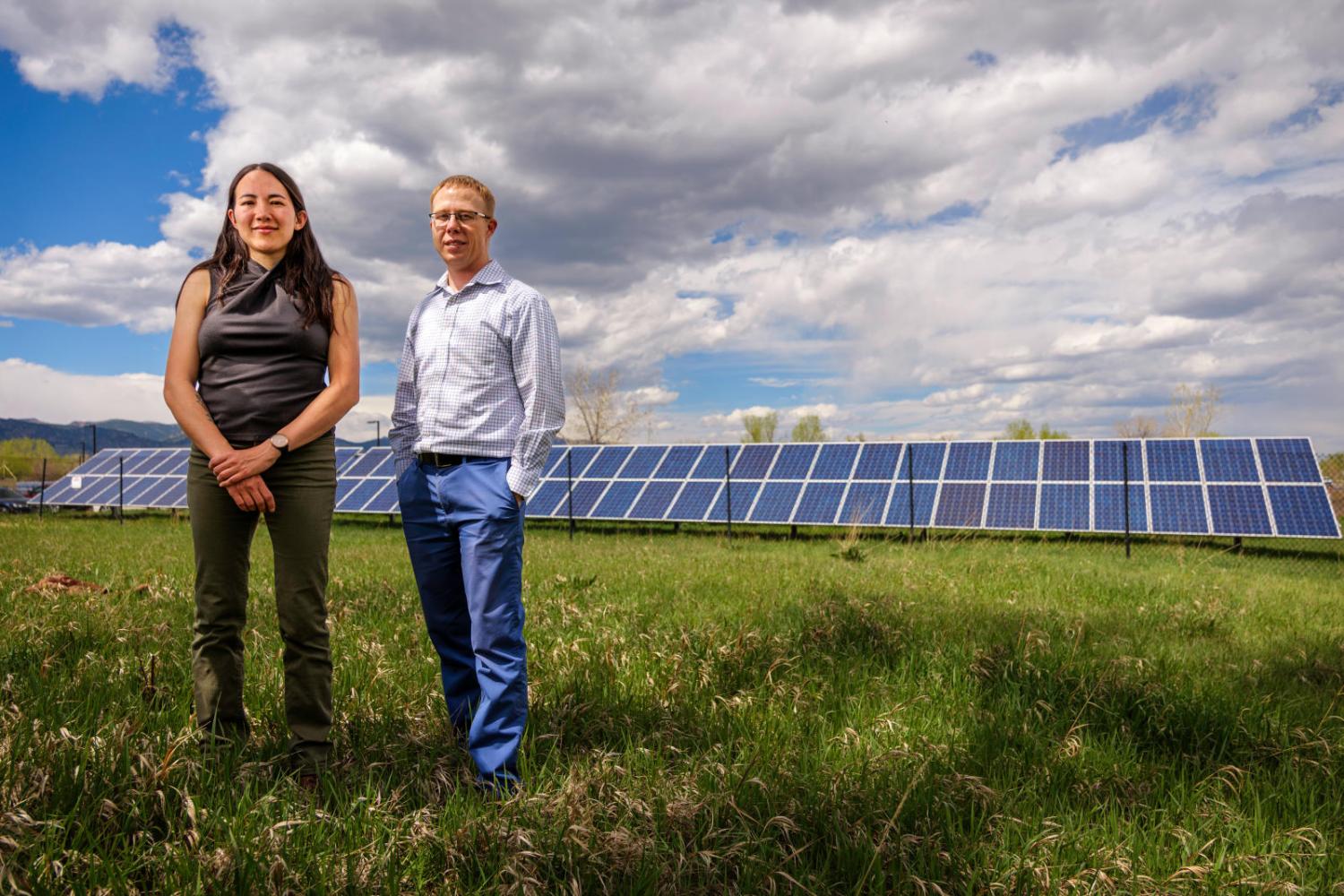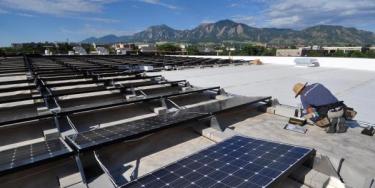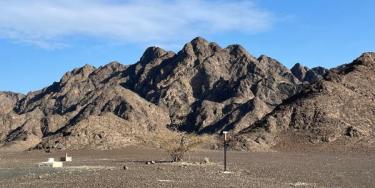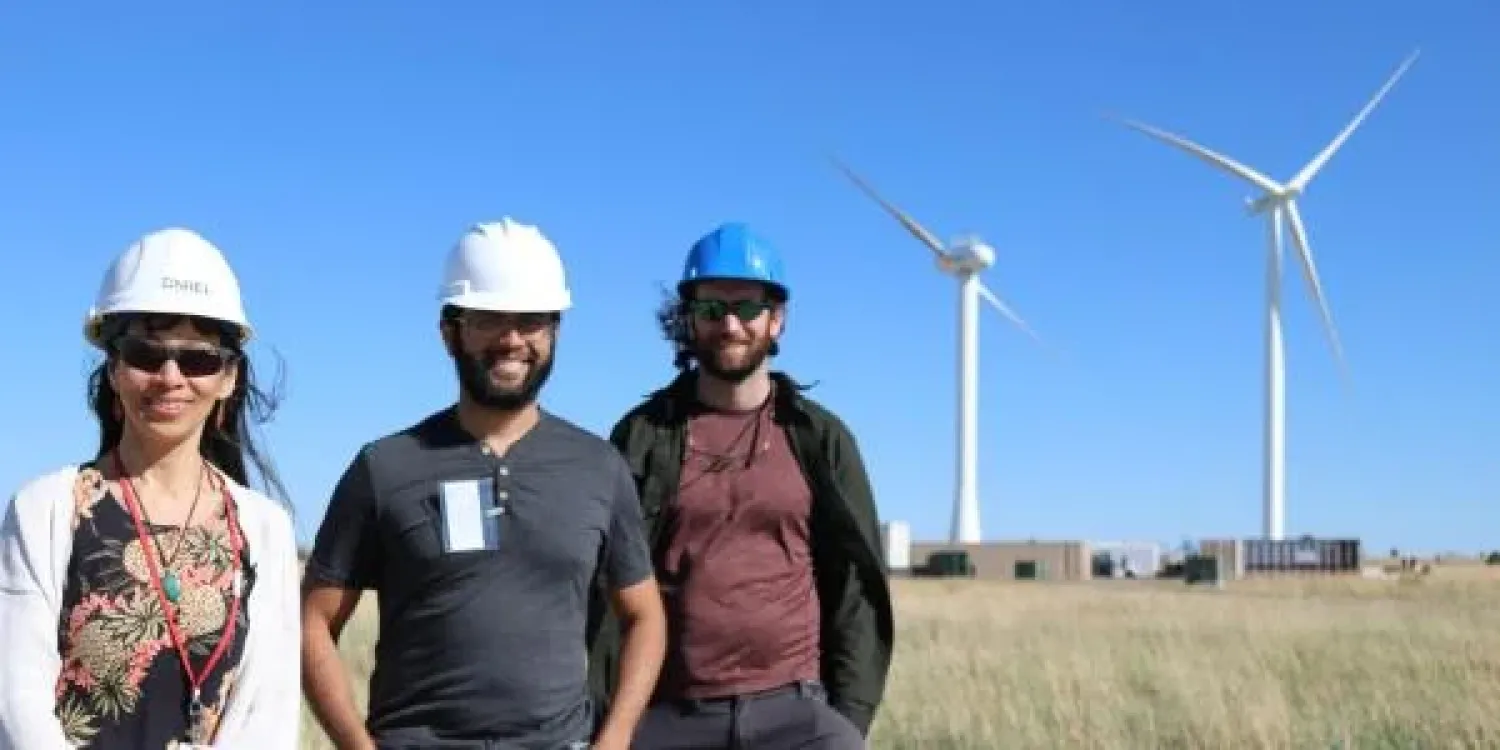Earth Day: 7 ways CU Boulder researchers are driving change
The theme of Earth Day 2025 is “Our Power, Our Planet.” CU Boulder researchers explore ways to pioneer new approaches to clean energy and much, much more. They crunch expansive datasets to provide the world with the best possible knowledge and research on the impacts of a changing climate. They develop technologies to reduce emissions and slow the rate of climate change.
Learn about some of CU Boulder's exciting research projects as you ponder the importance of Earth Day this year.
Editor's note: A version of this article was originally published in April 2024. It has been updated with new research in climate change and sustainability.

As AI explosion threatens progress on climate change, these researchers are seeking solutions
CU Boulder engineers are exploring novel energy storage options and pinning down the best locations for future data centers to lower their climate impact.

Biodegradable nails make manicures more sustainable
A new kind of press-on nails comes in all shapes and colors—and when you’re done with them, you can melt them down and reuse the materials to make your next look.


What if your food had a carbon footprint and human rights label?
Assistant professor Zia Mehrabi wants you to know how what you eat impacts the planet—and other humans. He lays out his plan in a new paper.
Researchers take major step toward developing next-generation solar cells
A CU Boulder engineer and his international colleagues have discovered a new way to manufacture solar cells using perovskite semiconductors. It could lead to lower-cost, more efficient systems for powering homes, cars, boats and drones.


Can rocks produce abundant clean energy?
Geologists at CU Boulder will experiment with injecting water deep below Earth's surface in an effort to stimulate the production of hydrogen gas—a clean-burning fuel that could provide energy for the globe.
Cities of the future may be built with algae-grown limestone
The Living Materials Laboratory is scaling up the manufacture of carbon-neutral cement as well as cement products, which can slowly pull carbon dioxide out of the atmosphere and store it.

Inspired by palm trees, scientists develop hurricane-resilient wind turbines
Results from real-world tests of a downwind turbine could inform and improve the wind energy industry in a world with intensifying hurricanes and a greater demand for renewable energy.


